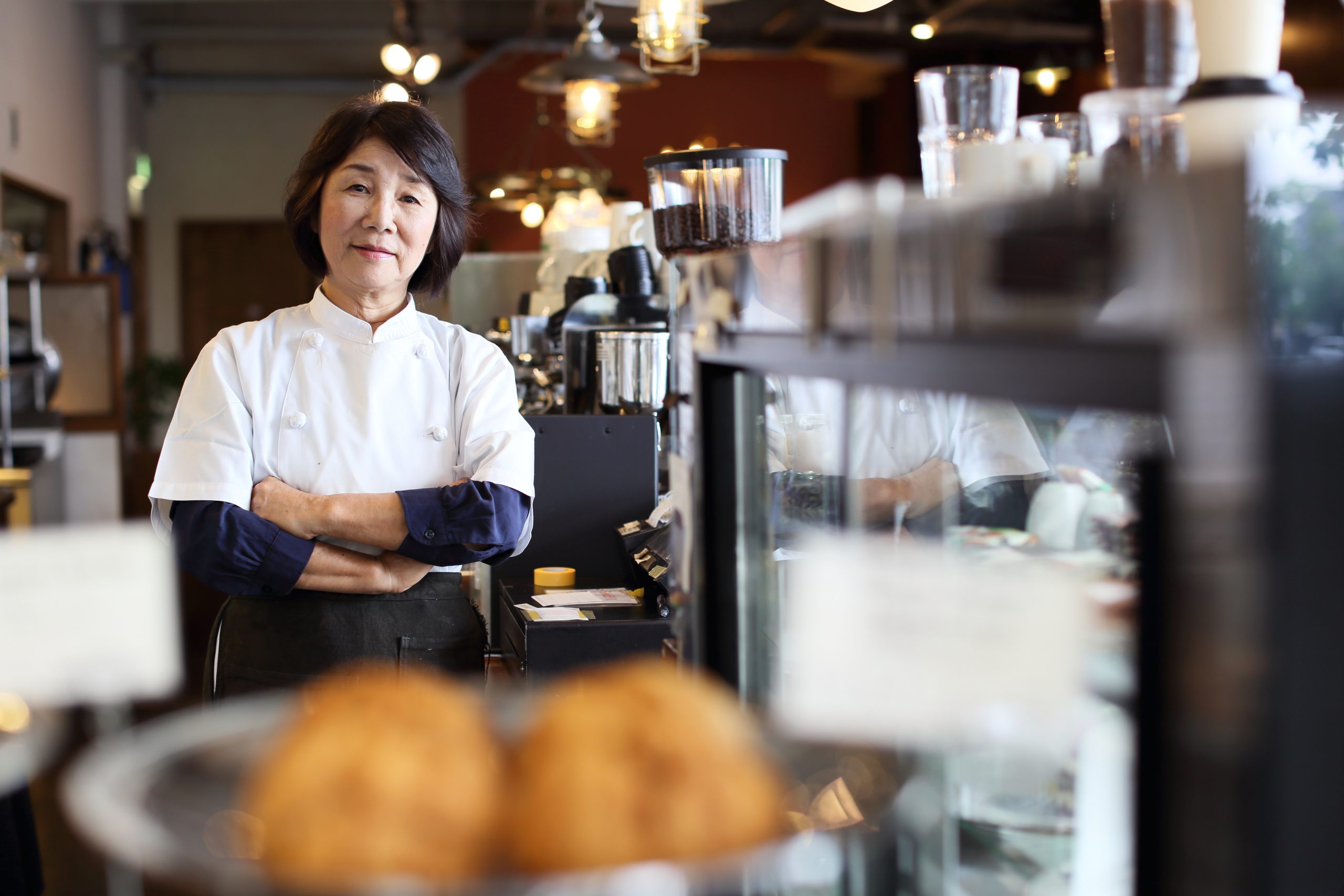Understanding how age and sex affect workplace perceptions
 Where the issues of ageism and sexism meet is a persistent type of intersectional discrimination: sex-related ageism. It affects older women disproportionately in everything from hiring to promotions to retirement.
Where the issues of ageism and sexism meet is a persistent type of intersectional discrimination: sex-related ageism. It affects older women disproportionately in everything from hiring to promotions to retirement.
Yet, the importance of older working women can’t be understated. They are the fastest-growing age-sex working population segment and by 2031, older women (age 55+) will make up 11.7% of the labor force. They will also be some of the healthiest, most educated cohort of such women in history.
It’s Women’s History Month, a time to recognize women’s contributions to American society. It’s also a time to highlight women’s continued challenges so we can find a path toward action.
Older women are more economically vulnerable
Historically, women have faced systemic barriers in the workforce, from limited career opportunities to wage disparities. As women age, these biases intensify.
This not only affects hiring and promotion decisions but also perpetuates a wage gap, leaving older women economically vulnerable. While 8.8% of older men (age 65+) live in poverty, the U.S. Labor Department Women’s Bureau notes that 11.6% of women 65 and older live in poverty. For Black and Hispanic women, that number rises to nearly 20%.
Women’s earning power declines with age
Statistics cited by the Center for American Progress point to pay disparity throughout a woman’s life.
For women, median earnings are highest among those in their early- to mid-40s. As they age to their mid- to late-50s, earnings are 5.6% lower than peak levels and by the time a woman is in her early- to mid-60s, her earnings drop to 8.0% below peak.
In contrast, men in their mid- to late-50s earn just 2.7% below their peak, and 3.9% below their peak by the time they’re in their early- to mid-60s.
Older women face limited career advancement opportunities
As women age, they are less likely to be promoted or considered for leadership positions compared to men of the same age group. This disparity not only affects individual career trajectories but also perpetuates sex inequality at higher organizational levels.
Additionally, a 2016 study by the National Bureau of Economics shows that women are overrepresented in occupations with short career lifespans and low wages, and underrepresented at higher levels.
Race adds another layer
A 2021 AARP survey found additional issues for older women of color. African American women over 50 reported the highest levels of discrimination, with 70% saying they experience discrimination regularly. About 60% of Latinas and Asian American/Pacific Islanders aged over 50 said they are regularly discriminated against.
Unplanned exits (forced retirements) also affect older women of color more than workers overall, with 55% of Black women and 60% of Hispanic women reporting involuntary exits from the labor force compared to 46% of workers overall.
Older women workers are also subject to “lookism”
In 2022, the firing of Lisa LaFlamme, a 58-year-old Canadian news anchor, for having gray hair made headlines worldwide. Indeed, discrimination and bias against outer appearance—lookism—affect older women in the workplace more than men. For example, older women workers feel more pressure to dye gray hair and wearing traditional versus trendy clothing.
Conclusion
The U.S. economy’s reliance on older women workers means we need to take action to nurture their advancement, including strengthening age discrimination protections, improving and supporting workforce development efforts and raising the federal minimum wage. Addressing these ingrained biases is essential to fostering a more inclusive and equitable work environment where older women are valued for their skills, experience and contributions without being hindered by age or sex-related discrimination.
Interested in this topic?
These blog posts may also interest you:
What Employers and Workers Can Do to Combat Sex-related Ageism in the Workplace
